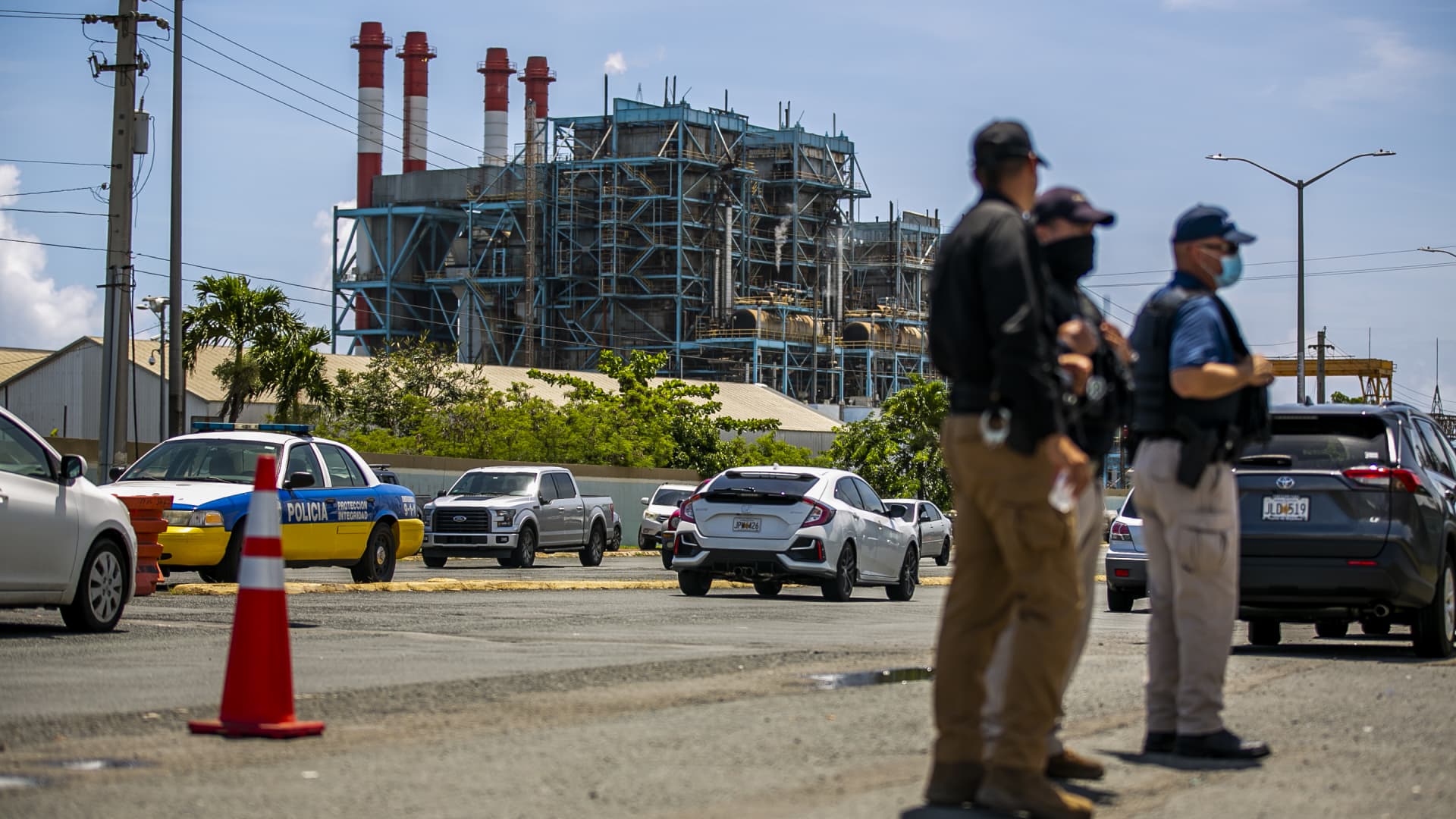The U.S. Department of Energy has announced $25 million in funding for eight projects focused on wave energy technologies.
The DOE said the projects will be based on three things: the testing of wave energy converter tech; wave energy research and development; and the advancement of wave energy converter designs.
The projects will make up the first round of open-water testing at PacWave South, a facility that will be located in waters off the coast of Oregon, the DOE said in a statement earlier this week.
Construction of PacWave South began in June 2021 and is expected to be operational by next year, with grid-connected testing starting in 2024.
Companies to receive funding include CalWave Power Technologies, which has been awarded $7.5 million; Portland State University, set to receive a little over $4.5 million; and Columbia Power Technologies, which will get just under $4.2 million.
“Harnessing the unrelenting power of the ocean is a clean, innovative, and sustainable way to curtail carbon pollution,” Jennifer M. Granholm, the U.S. energy secretary, said Tuesday.
There may be excitement in some quarters regarding the potential of marine energy, but its current footprint is tiny compared to other renewable technologies such as solar and wind. Figures from Ocean Energy Europe show that only 260 kilowatts of tidal stream capacity was added in Europe during 2020, while just 200 kW of wave energy was installed.
In comparison, the same year saw 14.7 gigawatts of wind energy capacity installed in Europe, according to industry body WindEurope.
Developing and upscaling technologies such as wave energy converters represents a big challenge, not least because of the unforgiving conditions found at sea and issues related to corrosion.
This makes projects focused on testing all the more important, as the DOE notes: “Wave energy converters, which capture and convert waves into carbon-free electricity, require testing in realistic conditions to be deployed at scale.”
A number of wave energy projects have taken shape and made progress in recent years.
In June 2021, for example, a firm called Mocean Energy announced that its Blue X wave machine — which is 20-meters long and weighs 38 metric tons — had started testing at the European Marine Energy Centre in Orkney, an archipelago located north of mainland Scotland. The device returned to shore in November.


